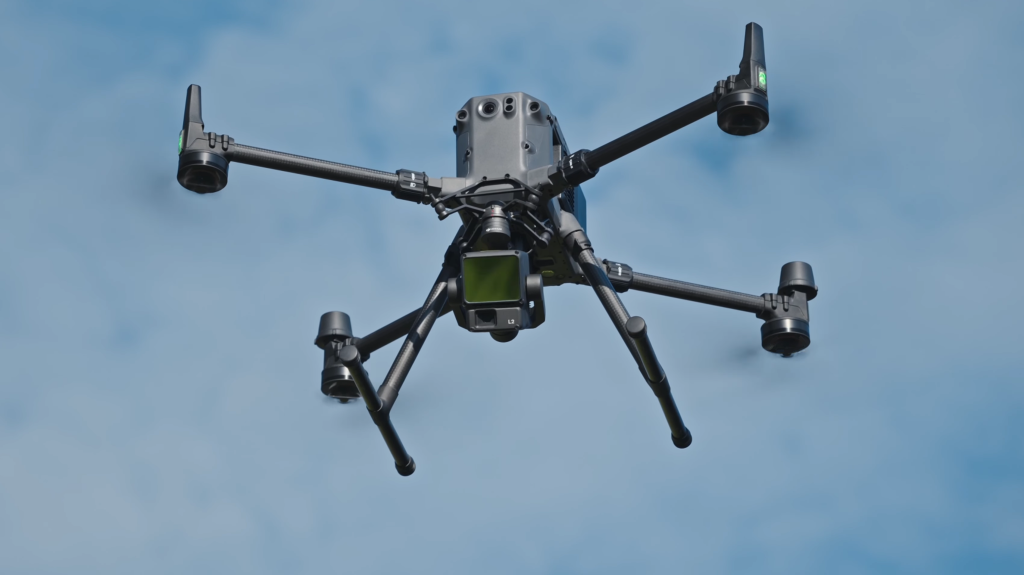Use of drones
As a water board, we use drones to perform legal tasks. For example, to inspect dikes, pumping stations and dunes and for enforcement and monitoring purposes. We use drones with various sensors, including cameras and laser scanners (LiDAR). We are aware that in some cases this may affect privacy, for example when persons are recognizable in images. To limit this risk, we have the following policy for the use of drones.
Applications
We use drones as an aid in the performance of our legal duties or as necessary to perform a task of public interest. The basis for using drones can be found in Article 6, paragraph 1 of the General Data Protection Regulation (AVG). It concerns certain surveillance tasks that are difficult or (almost) impossible to perform without drones because, for example, a location is difficult to reach.
With the drones, we can take measurements in places where it would otherwise not be possible. Moreover, we can assess the situation better and more accurately, and the situation is clearer faster.
Our applications:
- Inspection: surveying and imaging dunes, dikes, embankments, waterways and pumping stations
- Exotic species control: imaging non-native flora and fauna
- Enforcement: monitoring agricultural activities, among other things
- Communications: highlighting projects for our website and social media
Purposes of processing
We have a strict policy on the creation and retention of footage. Images are taken only for supervisory duties and other specific purposes. The retention period of these images is limited to the time strictly necessary to fulfill these duties and purposes.
What personal data does HHNK process?
Usually persons are not recognizable in the picture. Photos or videos in which this is the case are removed as much as possible or the persons are made unrecognizable.
However, in exceptional situations, such as the recording of criminal offenses, personal data may be processed. This is always done within the legal framework and in compliance with privacy laws.
Possible personal data that may be processed are:
- Image data: photographs and videos in which individuals may be recognizable.
- License plate data: when imaging vehicles.
- Location data: the place where the drone shots were taken.
Project MANABAS: a great example of using drones
The North Sea region is facing serious consequences of climate change, such as sea level rise, heavier storm surges and heat stress on sandy coasts. These consequences have an adverse effect on the coastal regions and also on our dunes: the primary flood defenses managed by HHNK. These changes require management adjustments to protect the coast and provide a sustainable future.
To obtain and maintain a good picture of our dunes, 3D models of specific stretches of dunes are regularly made with the help of our drones. For example, just before and after a storm. We do this near Heemskerk, Bergen aan Zee, Hargen aan Zee and on Texel, among other places. See the MANABAS COAST page.
